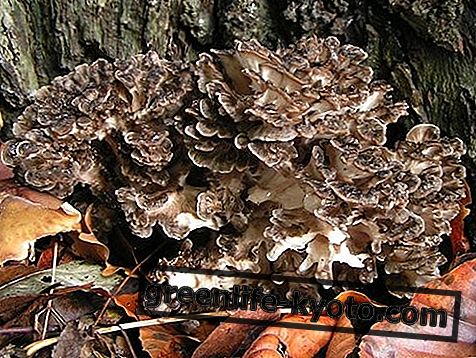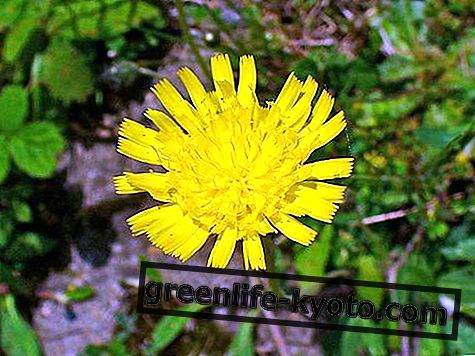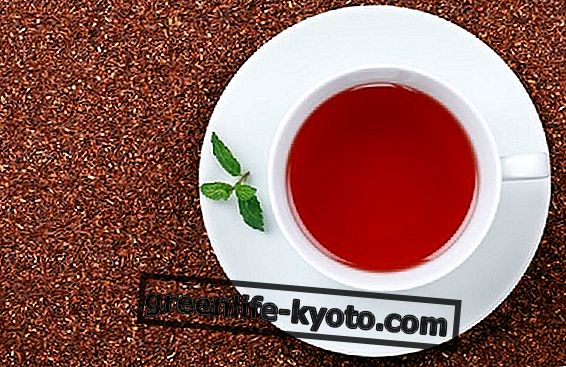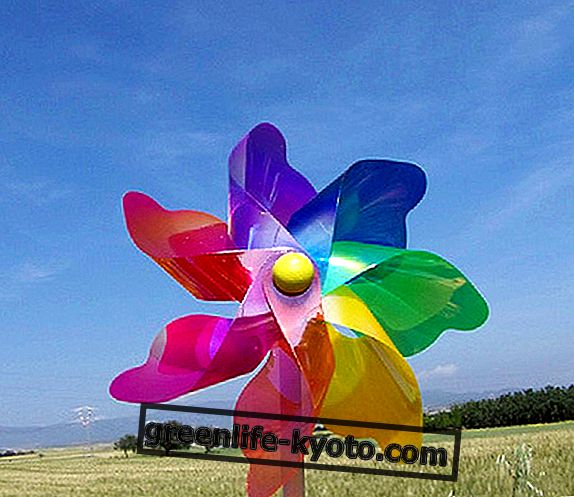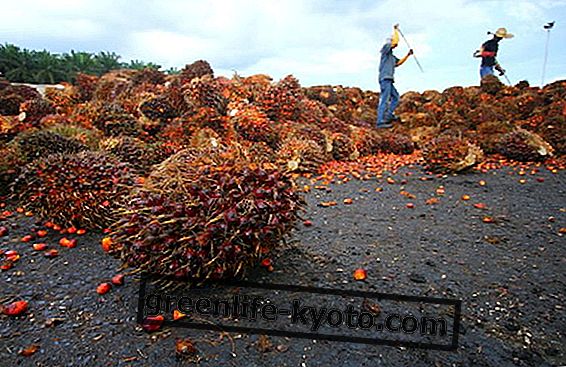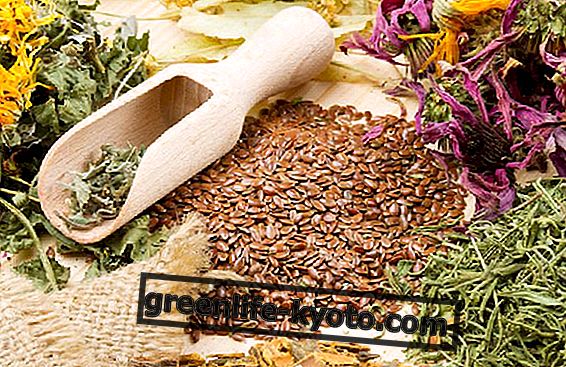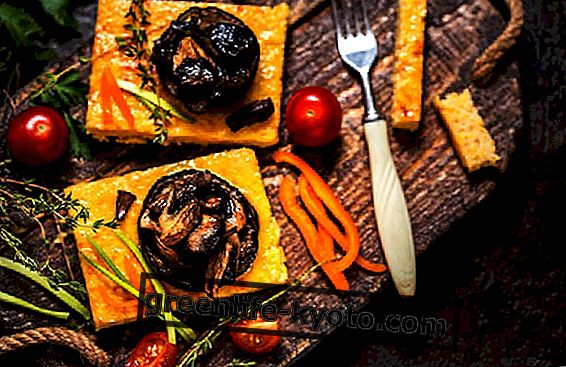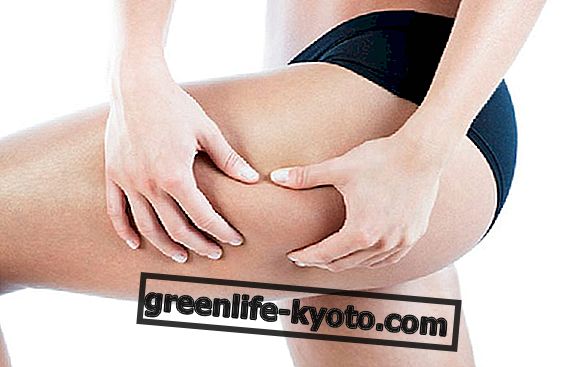Sugar, or sucrose, is in itself a disaccharide that greatly affects human metabolism; whole brown sugar contains a lower percentage of sucrose than normal sugar and is richer in nutrients, let's find out together.

What is whole sugar cane
Whole cane sugar comes from sugar cane, or Saccharum officinarum in botany, a tropical plant from the Poaceae family, with very sweet and juicy marrow: consider that as much as 14% of its stem is made up of sugary substances.
It is a plant mainly cultivated in Central and South America, but also in islands like Mauritius and Barbados, whose population is often subjected to harsh market laws for its production.
For this reason, whole cane sugar is often found among fair trade products and, compared to traditional sugar, has a slightly higher cost .
Its color is dark, the grains are small and irregular, with a soft consistency and a particular and intense odor, its properties are better than white beet sugar.
How is cane sugar extracted?
To produce the whole cane sugar, the sugar cane is cut, the leaves are removed with the machete (for this reason a lot of labor is required) and then the juice and the juice (a syrup called treacle that contains up to 15% of sucrose) thus obtained is concentrated by boiling.
This juice is then dried in small pieces (hence the term panela, one of the types of whole cane sugar), grated or dried and mixed (the mascavo type which is mixed and shaken) until crushing into granules.
Unlike, therefore, from the common white sugar, often obtained from beetroot, not from the cane, the integral sugar does not undergo (or partially undergoes) chemical refining.
With 12 tons of sugar cane, the production yield is about 1 ton of whole sugar. Plant residues are used in the paper industry or as a fuel.
White sugar or cane sugar: which to use

Calories, nutritional values and properties of whole cane sugar
From a nutritional point of view, it has an excellent energy value and supply of mineral salts which white sugar is strongly lacking .
Here in fact the average nutritional values (to be more precise we should consider the type of sugar) per 100 grams of whole cane sugar:
- energy value ranging from 275 Kcal to 350 Kcal, against 395kcal of sucrose,
- 85mg of calcium,
- 140 mg of potassium,
- other minerals, such as magnesium, phosphorus, fluorine, zinc,
- the vitamins it contains are vitamin A and vitamin C and some of the group B.
The glycemic and insulemic index is lower because it is not very refined. Since it is not chemically refined, whole cane sugar is therefore considered healthier than other types of sugar. It retains more nutrients and has a much more intense and characteristic taste.
Be careful not to confuse the whole cane sugar with the normal brown or raw sugar : the latter has in fact large and regular grains, refined and then artificially colored with caramel E150c, an artificial dye, or with molasses.
It can be said that, in general and refined or not, of cane, raw or white, the use of sugar should be limited and in any case not used inappropriately, perhaps preferring other natural sweeteners.
Of the two types, a kitchen, muscovado can be used to sweeten herbal teas or tea, it goes well with fruit and cakes, as well as for cooking sweet and sour dishes. It is suitable for those who love strong aromas and flavors.
The panela, less intense as a scent, has a more floury consistency, is used for many things, but above all for foods and drinks with a delicate taste, as it does not cover the flavors.
Curiosity about cane sugar
If you are in India, if you feel an unmistakable sweet smell on the street, look around: surely there is a sugar cane squeezer in action that sells the sweet juice to passersby.
In Europe sugar cane is and was grown in Spain (in the area between Malaga and Motril in Andalusia), in Sicily (recently it was proposed to reintroduce its cultivation in the plain of Catania), in Cyprus and in Malta.
Being rich in glycolic acid, cane sugar is generally an excellent ally for the skin, efoliante and natural antiseptic. Furthermore, the full-barreled one does not affect the formation of caries, think of the white and very healthy teeth of South American or Indian children who often suck their juice!

